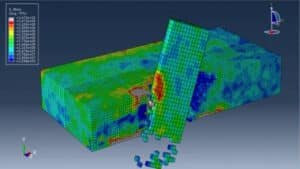
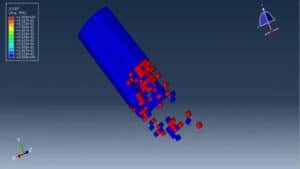
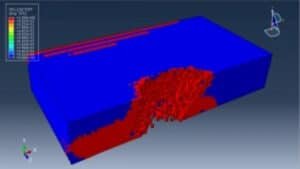
undefined


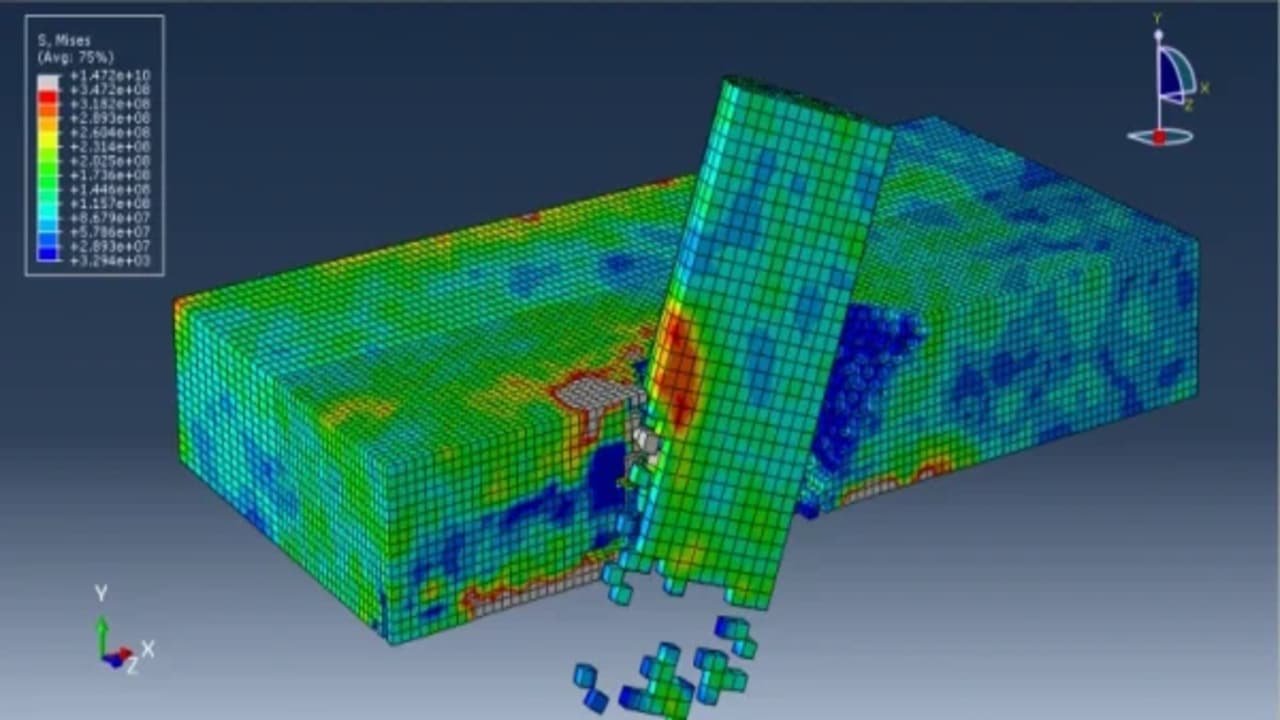
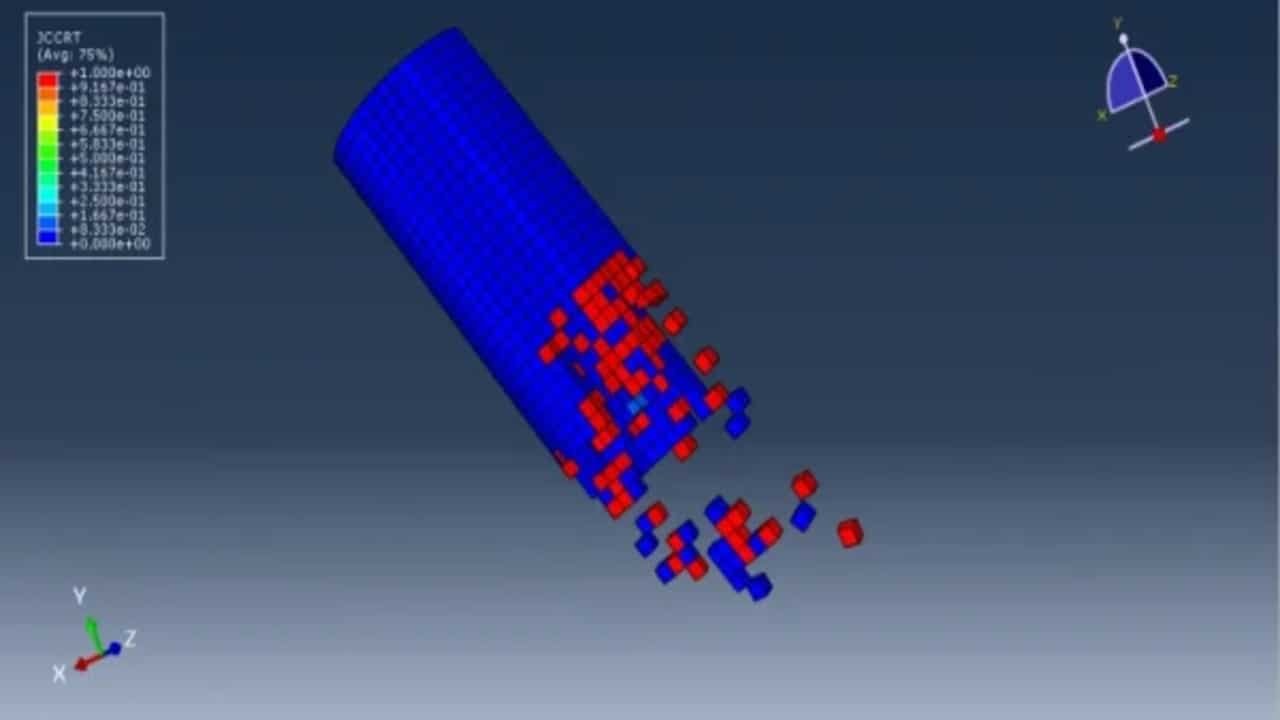



Papers abstract:
Finite element (FE) simulations using Abaqus/Explicit are performed to study the deformation behavior of materials under impact loading. Various configurations including monolithic and multi-layered plate having combinations of ceramic, metal and composite material layers are investigated to determine the critical failure velocity Vcf as a function of layer thickness and stacking. While cylindrical impactor is assumed to be rigid, Johnson-Cook (JC), Johnson-Holmquist (JH2) and Hashin 3D and Puck criteria is used to characterize damage/ failure in metal (Al and steel), ceramic (SiC) and composite (carbon fiber/epoxy) layer respectively. Constitutive equations for composite material are supplied via user subroutine VUMAT. The results of FEM simulations reveal that Ceramic-Al-Carbon fiber/epoxy multilayer plate provides most desirable combination with higher critical failure velocity, lower average density, lower pressure and displacement at the back plate as compared to other material combinations considered in this work. Moreover, the analysis presented shows that the numerical approach developed can be used as a tool to predict the geometry and material combinations of a multilayer system to improve its resistance against impact loading.
Product Overview:
This simulation tutorial enables you to explore the high-velocity impact behavior of a ceramic-metal configuration using validated FEM techniques in Abaqus. It guides you through model setup, material assignment, input editing, and post-processing steps to visualize damage evolution. Key simulation steps include:
In this tutorial, a high-speed impact between an aluminum rod and a silicon carbide ceramic plate is simulated, according to data from the work of Sharma et al.
We connect engineers through:

Want to receive push notifications for all major on-site activities?